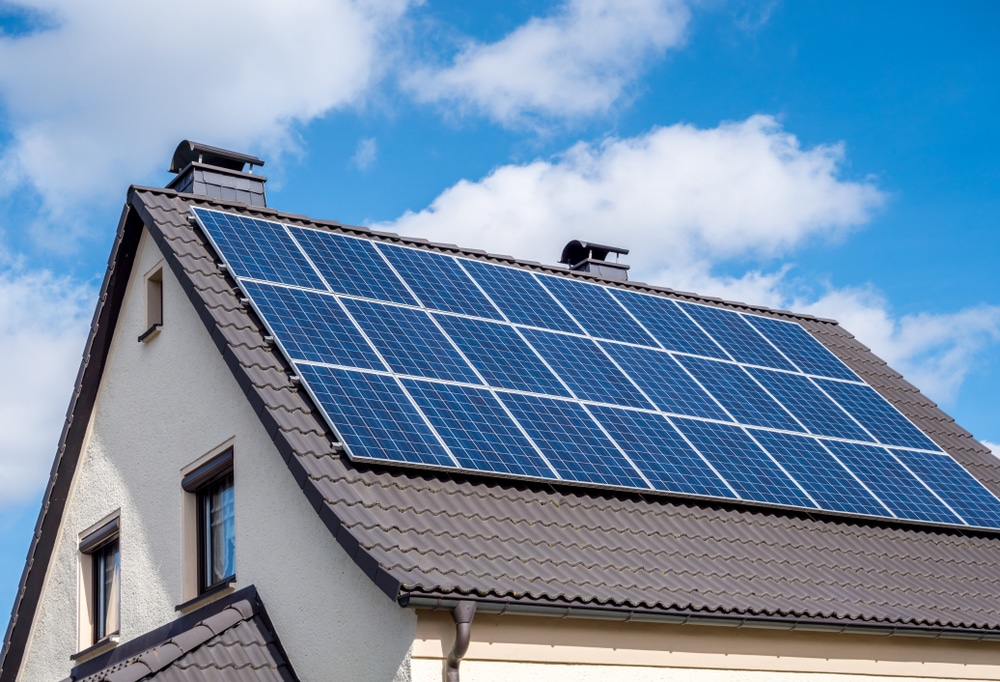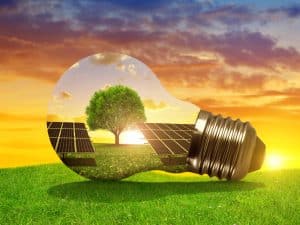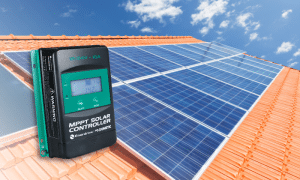Embarking on the solar journey over the years ago was a commitment to a cleaner, more sustainable energy future, and for many Aussies, it’s been a rewarding experience. However, as time progresses, you may find yourself facing a common dilemma—your once-efficient solar system is no longer performing up to par.
If you have had solar for over ten years and it’s no longer working very well, you might be wondering what your next step would be. We will guide you in this post.
To assist you on this journey, consider exploring options and gathering insights. If you’re curious about the potential benefits of upgrading or replacing your solar system, obtaining FREE solar quotes from Energy Matters can be a valuable step.
Understanding the possibilities without any commitment can empower you to make decisions about the future of your solar investment. We will guide you in this post as you navigate the choices ahead for solar panels in Australia.
The lifespan of solar systems
Solar panels and inverters are the backbone of any solar system, which is why understanding their lifespan is crucial.
The average lifespan of solar panels usually ranges from 25 to 30 years, whilst inverters that convert solar energy into usable electricity, generally last between ten to 15 years.
These figures are subject to several factors. Some of the factors that influence their lifespans are:
- Environmental conditions
- Maintenance practices
- Component quality
Harsh weather, such as intense heat or hailstorms, can expedite wear and tear. Regular maintenance, which involves cleaning solar panels and inspections can mitigate degradation. When it comes to the quality of materials and installation, they play crucial roles in determining how well your solar system can withstand the test of time.
It’s also necessary that you recognise the signs that your solar system may need attention. A sudden drop in energy production, unusual noises from the inverter, or visibly damaged panels are key indicators. Monitoring and addressing these signs are important to ensure your investment continues to contribute efficiently to both your energy needs and environmental sustainability.
Routine inspection is a must
Even if you haven’t had your solar system for over ten years, it’s a good idea to get a professional inspection at least once every five years. This is because most solar systems use high-voltage DC electricity and since they are exposed to elements, things could get tricky, which would lead to fires.
A thorough inspection by a solar-accredited electrician includes panel cleaning and a comprehensive report to confirm system performance.
Consider the warranty
Should your professional solar inspector see issues, determine if it is covered by your systems’ warranty. Generally, installation issues are covered for five years, whilst problems with inverters are covered for ten years. For your solar panels, most of them come with a 25-year warranty.
However, solar systems that are over a decade old, are likely covered for ten to 25 years. Your solar installer is the one who is liable for the warranty; and in case the installer has gone out of business, the manufacturer must take the responsibility to honour the warranty.
Is it time to upgrade?
You can upgrade an existing solar system. However, the upgrade should meet the standards outlined by your state and network provider.
When it comes to a solar system upgrade, it could be a repair or an alteration.
In case of a repair, only specific parts that are worn out will be repaired to restore the system to its initial standards at the time of installation. On the other hand, alterations change the way the system works, which may include some replacements or additions of solar panels, inverters, or batteries. Hence, alterations will improve the system beyond its current standards.
The best time to upgrade your solar system
The most straightforward answer to this is when your current system does not meet your energy needs anymore. For a system that is over ten years old, an upgrade is a strategic move driven by a combination of changing energy needs and advancements in solar technology.
As your household or business evolves, so do your energy requirements.
First, your energy needs may have increased: growing families, additional appliances, or a lifestyle change that can demand more electricity, making it beneficial to explore upgrades that accommodate higher energy consumption.
Second, technological advancements have made remarkable strides. Newer solar panels and inverters offer better efficiency, improved durability, and additional features, providing the potential for increased energy production and cost savings.
Taking advantage of government incentives and rebates
Government solar incentives and rebates have important roles in the adoption and maintenance of solar systems. Federal and state governments usually provide financial incentives to homeowners and businesses investing in solar technologies. These incentives may come in the form of upfront rebates, feed-in tariffs, or tax credits that reduce the initial costs of solar installations and upgrades significantly.
Also beyond initial solar installations, there is potential financial support for repairs or replacements. Some government programs extend their assistance to cover maintenance costs, ensuring that existing solar systems are well-maintained and continue to contribute to a sustainable energy future.
If your solar system after a decade of faithful service is showing signs of diminished performance, it’s time to take a thoughtful course of action. Taking proactive steps will revive your solar investment and contribute to a sustainable energy future.












































